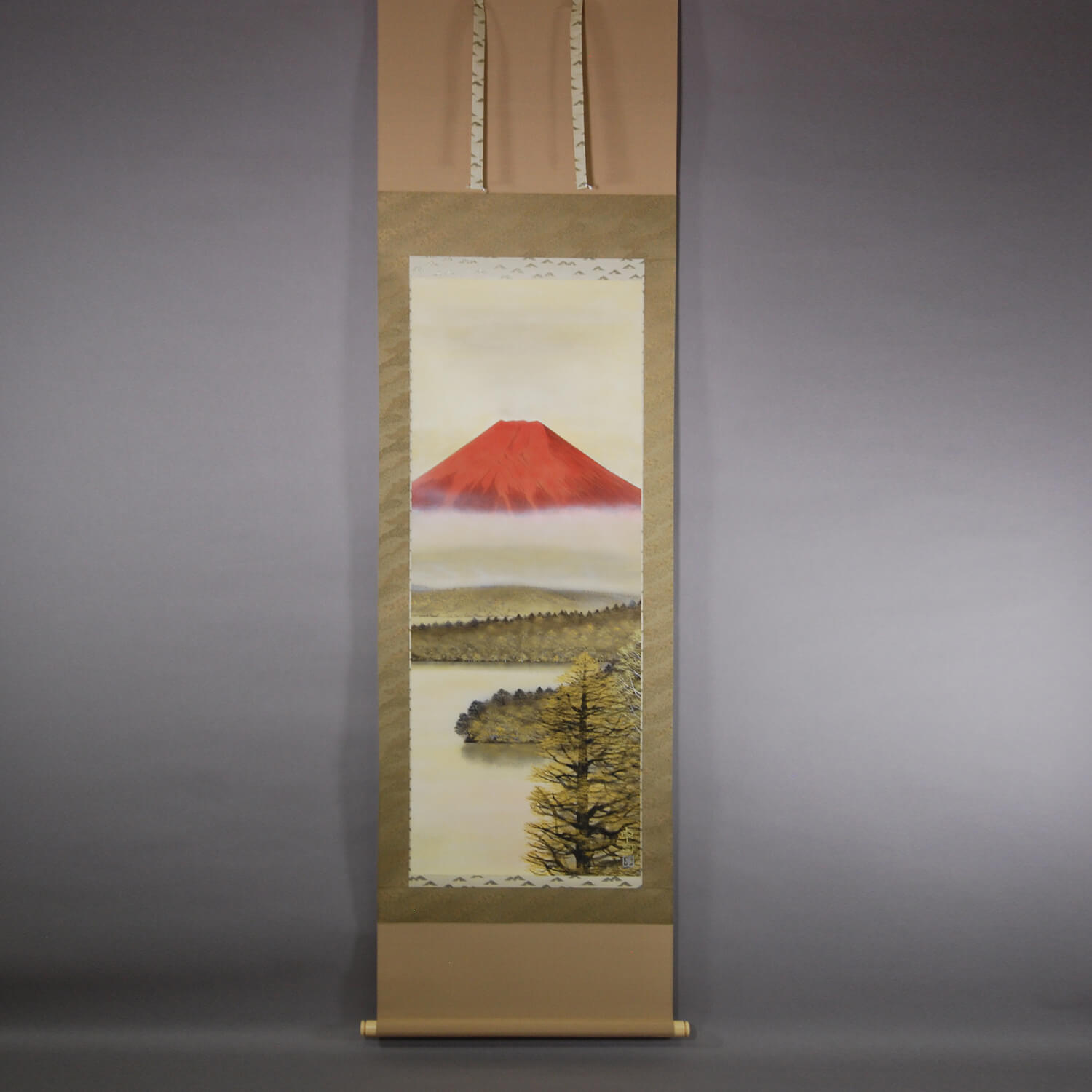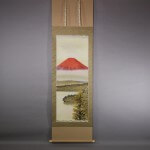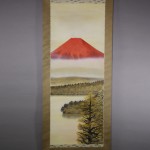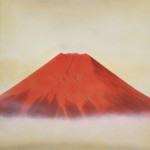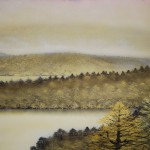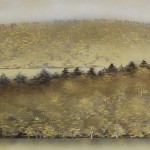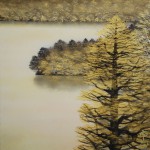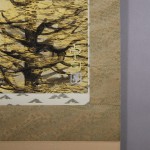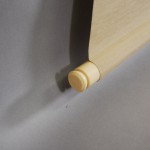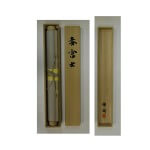Products Lineup
News / Blog
Other Menus
Kakejiku Hanging Scroll: Red Mt. Fuji / Takuji Yoshimura - Aka-fuji
- Product ID
- 0050
- Name
- Takuji Yoshimura
- Profile
1957-
An associate member of the “Nitten” Exhibition- Size
- 605mm x 2000mm
- Roller End Material
- Artificial ivory
- Material of the Work
- Japanese paper
- Stock Condition
- Sold out
- Description
Takuji Yoshimura is famous as an expert in the use of gold paint. This technique was handed down to him by Junzaburou Yoshimura (his father). Takuji Yoshimura also studied under Gensou Okuda, so his sense of color is great. His trees painted with gold paint deserve a special mention. Takuji Yoshimura changes the painting style of the trees depending on their distance. These expressions are very elaborate, and they are never boring. Judging from this composition, Takuji Yoshimura’s viewpoint was almost level with Mt. Fuji. What did he think when he faced Mt. Fuji? When we imagine this, his work becomes even more interesting.
Gensou Okuda (1912-2003)
One of the most famous Japanese-style painters in the Showa Era. He named the (red) pigment “Gensou Red” after himself. He was a member of the Japan Art Academy.

